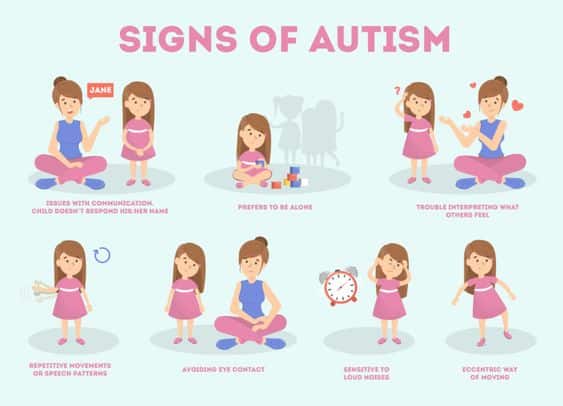Auditory Integration Training (AIT) is a therapy that uses music to help people with hearing problems. The therapy involves wearing special headphones and listening to music that has been changed to make it easier for the person to hear. This helps the person’s brain learn to process sound more effectively. AIT is often used to help people with autism, dyslexia, and attention deficit hyperactivity disorder (ADHD). AIT aims to improve a person’s ability to understand speech, pay attention, and learn new things. It is also thought to help reduce stress and improve overall well-being. AIT usually takes about 20 sessions, each lasting about 30 minutes. Some people may notice a change in their hearing after just a few sessions, while others may take longer to see results. AIT is not a cure for hearing problems but may help improve a person’s ability to listen and process sound.













